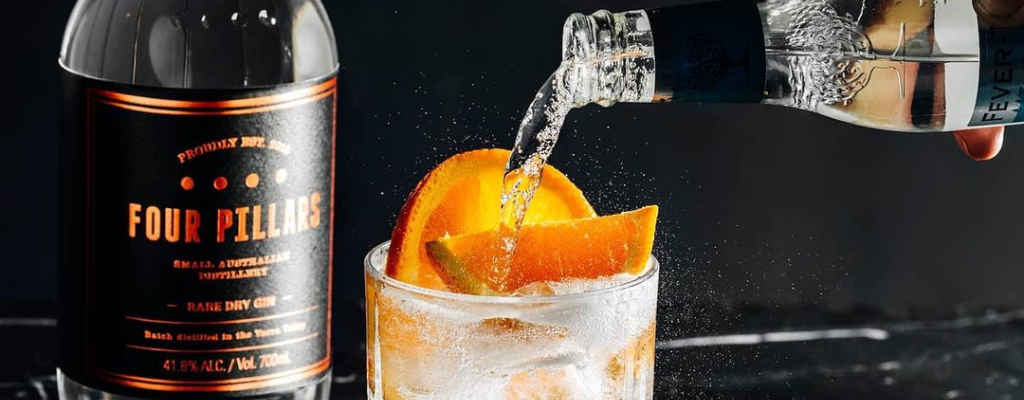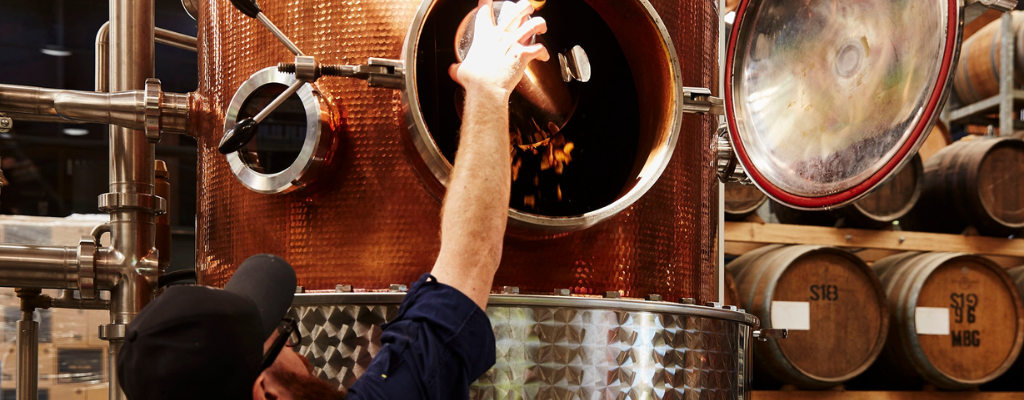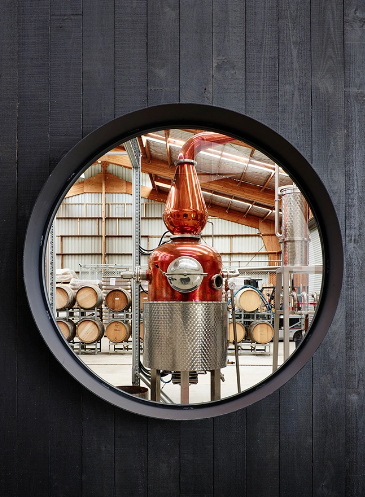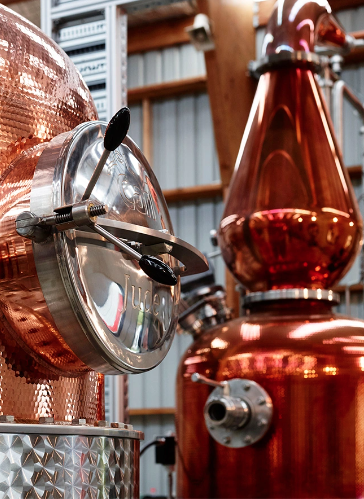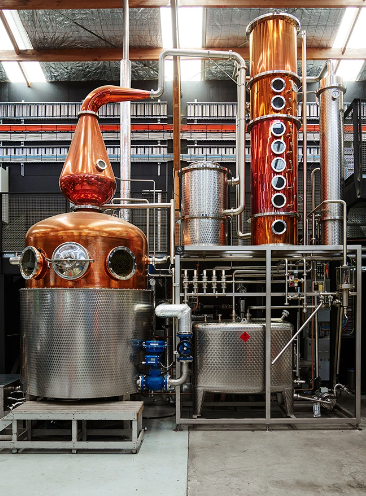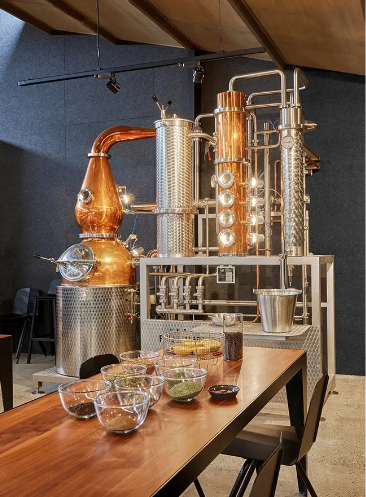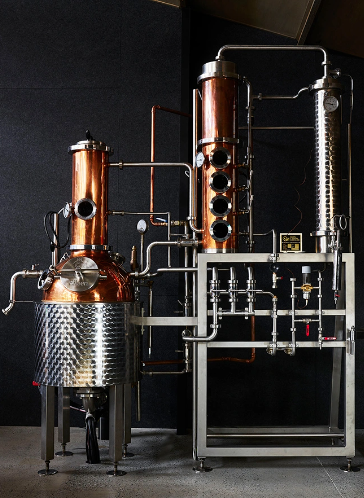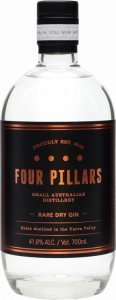Published on August 29, 2022
What are the Four Pillars?
Four Pillars believes that the process of making great gin is an art that can maximise both purity of sprit and concentration of flavour. With a base grain spirit made from Bomaderry on the south coast of NSW, which sources wheat from around 6000 farmers across the state. Wheat creates an incredibly clean spirit and Australia has a global reputation for high-quality produce and production. The grain spirit is diluted to around 30% ABV and 450 litres are pumped into the belly of the still known as the ‘pot’. They then add dry botanicals directly into the pot with the base spirit, around ten different dry seeds, leaves and roots.
We've always looked for a nice balance of purity and concentration. Rather than juniper being the huge over-arching botanical we tend to use it as a nice canvas. Our gins are still around 80 per cent juniper, but the other botanicals are strong enough to stand up - especially the native Aussie ones. We tend to make more modern styles than the classic London dry style. We love that style, but we felt there was more room to move if we change things up. My starting point is to think about the direction - citrus, floral, spice, savoury - then we build a recipe around that.
Cameron Mackenzie, Distiller, Head of Operations, Bottling Line Superintendent, Despatch Director, Still Shiner and Despatch Director
The distillation begins as they heat the water bath around the pot containing the base spirit and botanicals. Beth, the largest still (see below), is powered by steam. Jude and Wilma, her smaller production siblings (also see below), are both heated by electrical elements (with power coming from the solar cells on the distillery’s roof). Once the pot is boiling, vapours begin to rise and head up out of the top of the pot, through the botanical basket, steaming the oranges and releasing the flavours of the fruit. For the next seven hours the liquid will condense and re-condense as it passes from the pot, to the basket and then through seven separate plates on their column still.
Each of these plates remains closed, acting as a mini-distillation of its own, further refining and purifying the spirit. This ensures a gin as smooth and as pure. Eventually the high proof gin is dispensed from the still at a remarkable 94% ABV. Such is the purity of this spirit that it can be sipped (in a minute quantity) and you can taste the botanicals. It is not ‘rocket fuel’, which comes from inferior distillations, but a smooth gin which is also super strong. Once diluted we allow the gin to rest for a couple of weeks before bottling. You may notice your gin go a tiny bit cloudy if you store it for long periods in the fridge. Not to worry! This is caused by the botanical oils that often become cloudy in cold temperatures. We could of course chill filter our gin at this stage of production to ensure this doesn’t occur, but that would strip away a tiny bit of the flavour. Once the gin is tasted and approved, it’s time for bottling. And this happens a mere ten metres from where it has just been made, before being boxed up and out the distillery door.
Four Pillars Stills
Share this article
About the author

Chloe Lewis
Chloe looks after all copywriting and proof-reading for Drink Warehouse UK, working with the Marketing team to deliver educational content to all our customers. She has spent many years in the hospitality sector, moving from behind the bar to now helping venues to stock their own. You can find more from Chloe about beer, cider, spirits, wine, non-alcoholic, soft drinks and RTDs all over our blogs, website, social media and Set The Bar magazine.
Click here to receive the latest and greatest promotions, new products, competitions and so much more straight to your inbox.




